13 Best LLM for Coding in 2025: Top AI Models for Developers
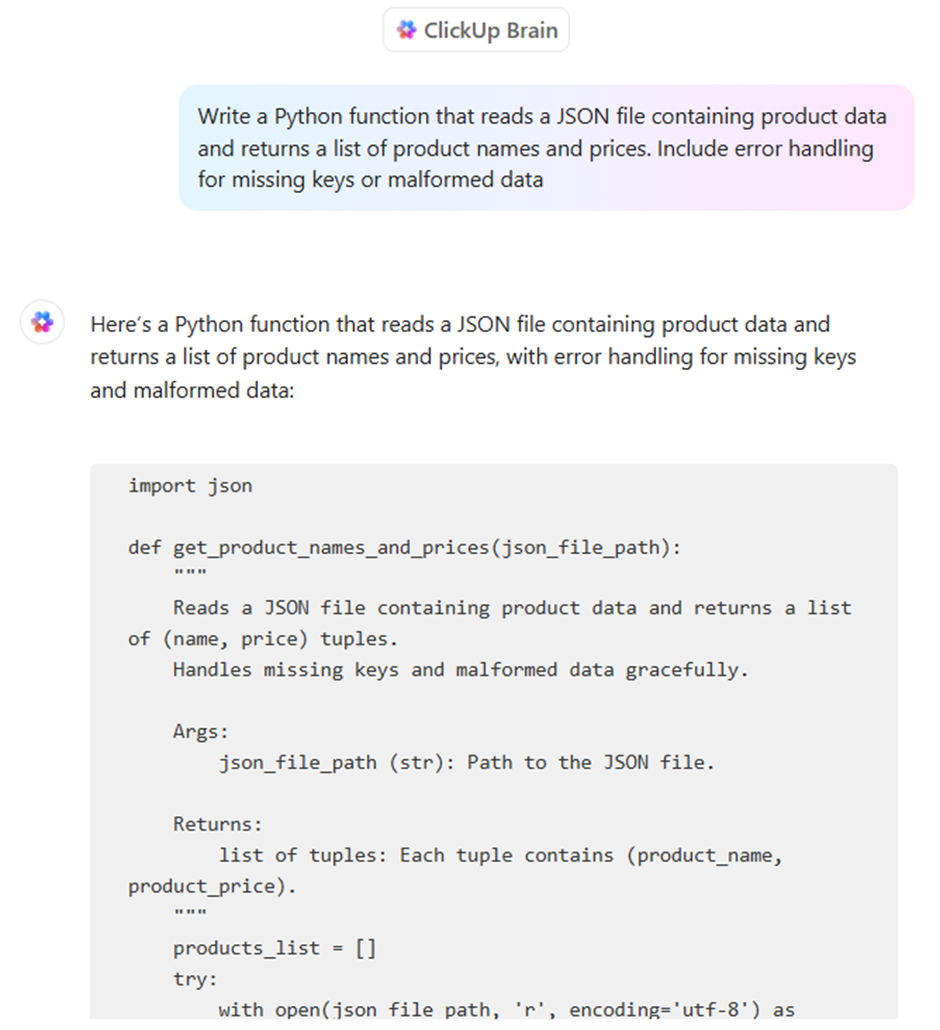
Sorry, there were no results found for “”
Sorry, there were no results found for “”
Sorry, there were no results found for “”

Modern software teams don’t lose time writing code—they lose it doing everything around it: debugging edge cases, switching between tools, reviewing pull requests, and wrestling with legacy systems. These slowdowns compound quickly, especially in large codebases where one fix can trigger multiple new issues.
No surprise then: 7 in 10 software projects still miss their delivery deadlines.
To close that gap, engineering teams are turning to large language models (LLMs) that can generate, refactor, and document code with contextual precision. The right model doesn’t just autocomplete—it accelerates the entire development cycle, reducing repetitive work and improving quality across the board.
In this guide, we break down the best LLMs for coding, ranked by real-world usability, reasoning ability, performance, and integration with modern engineering workflows.
Here’s a glimpse into the top tools discussed in this article, along with their key features, pricing plans, and cost-effectiveness.
| Tool | Best for | Best features | Pricing |
|---|---|---|---|
| ClickUp | Code generation + project management Team size: Individuals to large engineering orgs | ClickUp Brain AI Agents, GitHub/GitLab integrations, Docs with code blocks, real-time dashboards | Free forever; Customizations available for enterprises |
| Claude 3.7 Sonnet | Advanced reasoning for legacy code + debugging Team size: Devs working on complex systems | Extended Thinking Mode, Claude CLI, repo integration, SWE-bench leader | Free; Paid plans from $20/month |
| GPT-5 | Fast, general-purpose code assistance Team size: Freelancers and cross-functional teams | Multi-language code gen, debugging, syntax explanation, fast response time | Free; Paid plans from $20/month |
| Gemini | Web-connected and collaborative coding Team size: Google Workspace + Cloud teams | Code gen, Workspace integration, Drive context, API scripting | Free; Paid plans from $19.99/month |
| Replit Code | Full-stack app development in browser Team size: Solo builders and small app teams | AI Agents, Claude + GPT support, browser IDE, instant deployment | Free; Paid plans from $25/month |
| Mistral AI | Open-source enterprise AI Team size: Devs needing private deployment | Custom agents, on-prem deployment, fine-tuning, 128K context | Free; Paid plans from $14.99/month |
| DeepSeek | Deep code reasoning with transparency Team size: Plugin builders and open-source devs | Plugin generation, debugging, JSON output, R1 model | Free trial; Paid plans usage-based |
| Code Llama | Open-source coding and deployment Team size: Research and infra teams | Multi-size models, Python variant, 100K token context, fill-in-the-middle | Free |
| LLaMA | Large-scale AI experimentation Team size: Labs, builders, multi-modal use cases | Vision + text, multilingual reasoning, 128K context, open weights | Free |
| Grok | Real-time coding with deep reasoning Team size: X (Twitter) users and early adopters | Speed, sarcasm detection, cross-language logic, Grok 3 | Paid plans from $30/month |
| GitHub Copilot | In-IDE code completion and PRs Team size: Teams on GitHub or JetBrains IDEs | PR planning, live suggestions, agent mode, bug detection | Free; Paid from $10/month |
| Tabnine | Secure AI dev in air-gapped envs Team size: Security-heavy orgs and vendors | Private deployment, context-aware suggestions, custom review agents | From $59/month |
| WizardLM | Instruction-following + reasoning Team size: Advanced users and experimental setups | Multi-step reasoning, open-source, offline deployment | Custom |
You’re racing a deadline, bouncing between writing code, fixing bugs, and testing everything before launch. What’s supposed to help—your digital tools—starts slowing you down instead. Suggestions lag, snippets miss the mark, and fixes take longer than they should.
Choosing the best LLM for coding means picking one that actually fits your workflow. It should help you solve problems faster, not create new ones.
Here’s what to look for in an ideal LLM:
✅ Generates accurate, context-aware code and supports code completion across multiple programming languages, meeting standardized benchmarks
✅ Offers fast responses with low latency, even when handling complex coding tasks
✅ Works seamlessly inside popular IDEs, so you don’t need to switch between tools
✅ Detects bugs and explains syntax errors to improve your overall code quality
✅ Provides clear documentation, tutorials, and pricing that work for real teams
The best LLMs for coding should support real coding workflows and deliver practical utility across every stage of software development.
Our editorial team follows a transparent, research-backed, and vendor-neutral process, so you can trust that our recommendations are based on real product value.
Here’s a detailed rundown of how we review software at ClickUp.
With dozens of large language models claiming to support code generation, finding the right one for your use case can be overwhelming.
So, here’s a list of the best LLMs for coding, based on their performance across coding tasks and real-world usability.
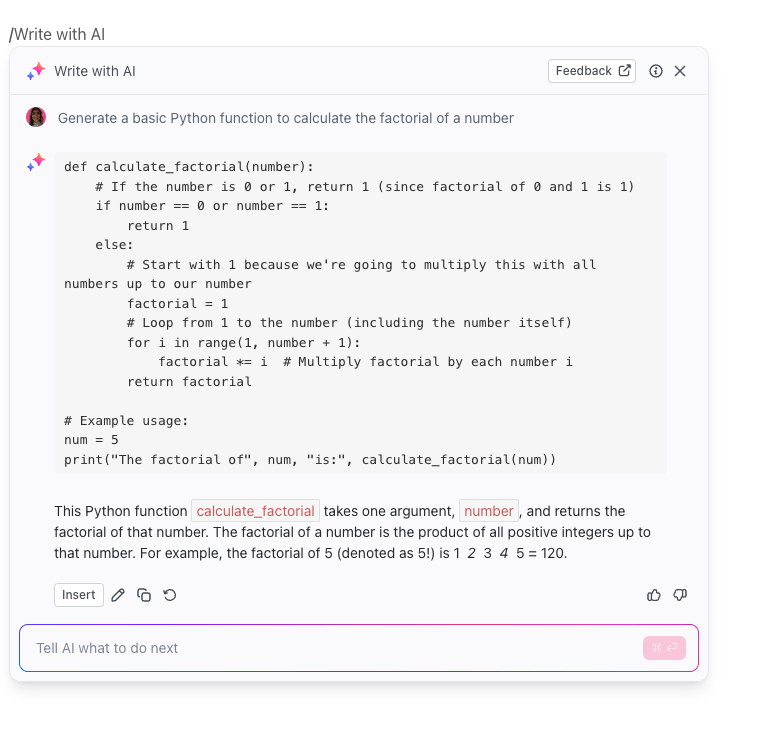
As one developer on Reddit put it,
At the end of the day, you’re working with a tool that specializes in pattern recognition and content generation, all within a limited window of context.
That’s a valid concern with many large language models, especially due to short-term memory or disconnected prompts. But ClickUp addresses this limitation by embedding AI-powered code generation directly within a structured, context-rich workspace.
ClickUp Brain transforms how developers interact with their work. Using natural language, you can describe a function or coding task, and the AI will generate code snippets that match your needs.
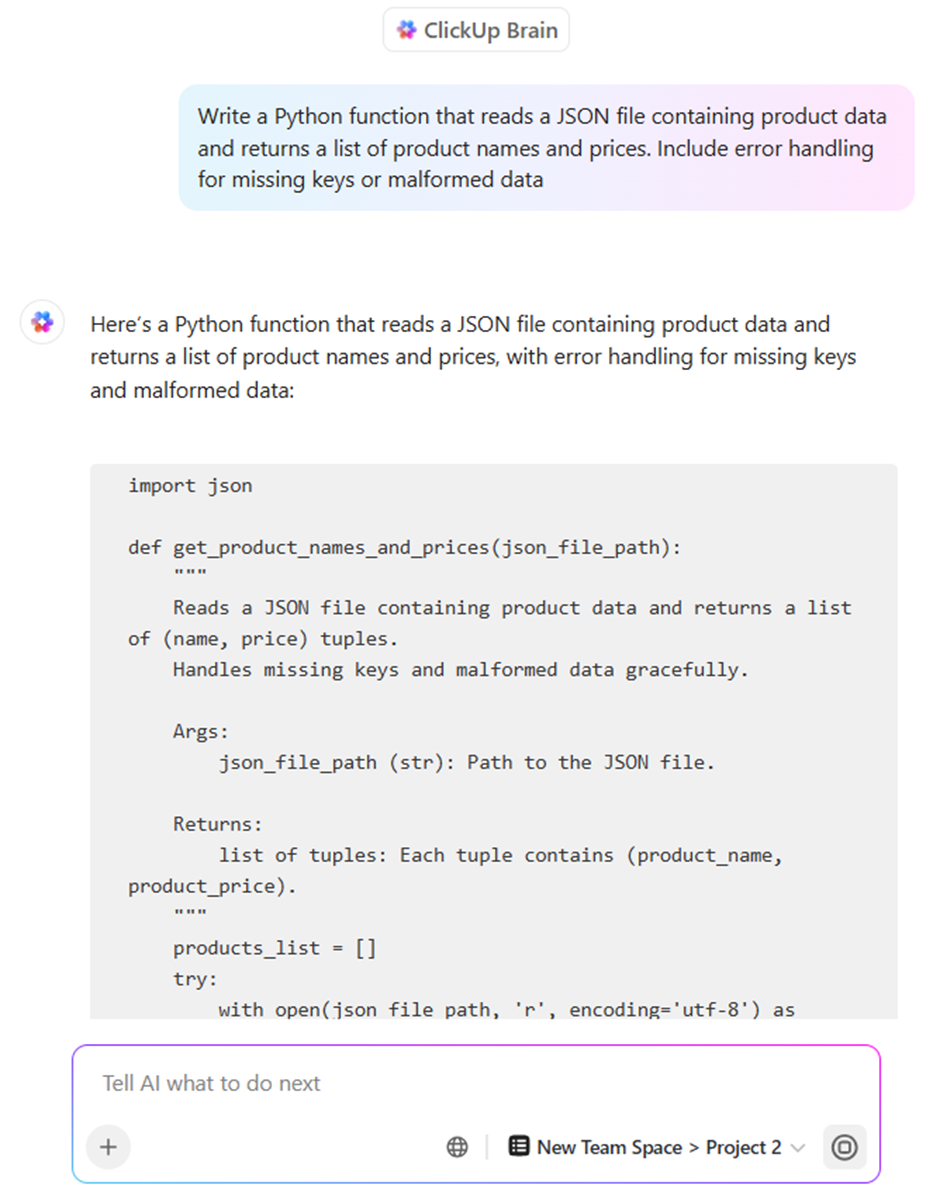
What sets ClickUp apart is its use of AI Agents that act on live workspace data, allowing developers to automate repetitive coding tasks, assign reviewers, or trigger updates based on real-time task changes.
Here’s a quick visual guide on how you can pull answers from your workspace by asking ClickUp Brain simple questions:
Top ClickUp Brain features also include support for code completion and explanations, and even help identify potential bugs or logic errors. For example, a developer building a Python-based data parser can type “generate a function to extract date and price from a JSON file,” and ClickUp Brain returns clean, structured output—ready to test.
In fact, by managing end-to-end game development in ClickUp, Yggdrasil has cut total development costs by $120,000, increased productivity by 37%, and lowered development-related expenses by 30%.
Sync seamlessly with Git tools with ClickUp Integration
ClickUp connects with GitHub, GitLab, and Bitbucket, allowing developers to sync pull requests, branches, and commits with tasks automatically.
This ensures tighter alignment between code and project goals. For example, when a dev pushes a hotfix, the task it relates to can update its status instantly.
Code block formatting for clean communication using ClickUp Docs

Sharing code snippets with product or QA teams can get messy in typical task managers. ClickUp solves this with code block formatting and syntax highlighting inside ClickUp Docs, comments, and even task descriptions.
For example, you can embed versioned pseudocode in Docs during sprint planning or add Python examples inline with test specs for reviewers to reference.
Reporting tools built for engineering visibility with ClickUp Dashboards
ClickUp Dashboards give engineering managers and product owners real-time visibility into sprint progress, code quality trends, and developer throughput.
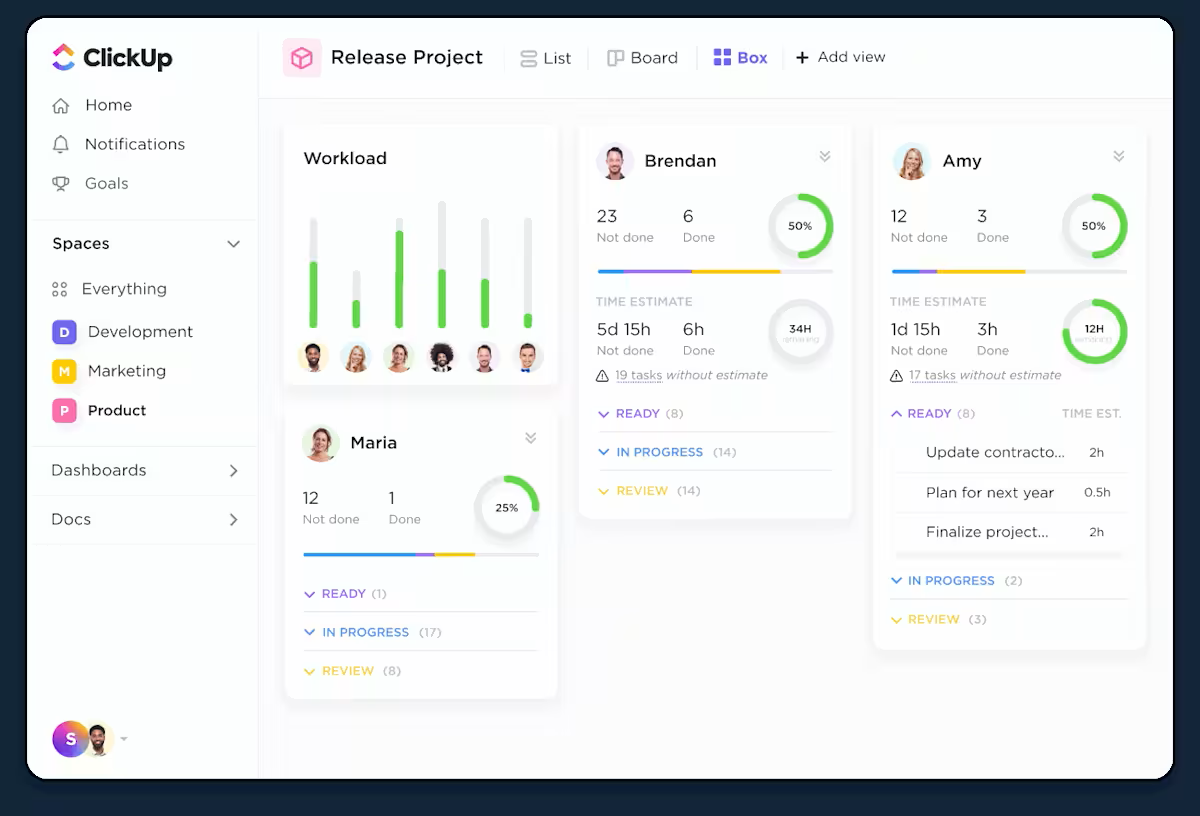
Custom charts can show how many bugs were reopened in the last sprint, which devs are overloaded, or how long PRs are taking to merge. This is critical for managing large codebases and optimizing team performance over time.
With low-latency dashboards and time tracking tied to each task, dev teams can eliminate guesswork and focus on shipping high-quality code faster.
Templates and ClickUp Automation for recurring development workflows
If your team spans product, engineering, design, and QA and needs a single source of truth for building software, ClickUp’s Software Development template is your best bet.
This software development template helps cross-functional teams align on a single workflow, making it easier to plan roadmaps, ship features, and fix bugs without switching tools.
You can even use ClickUp Automations to assign reviewers when a GitHub PR is linked or trigger standup reports when a sprint ends. These features help enforce structure without slowing teams down.
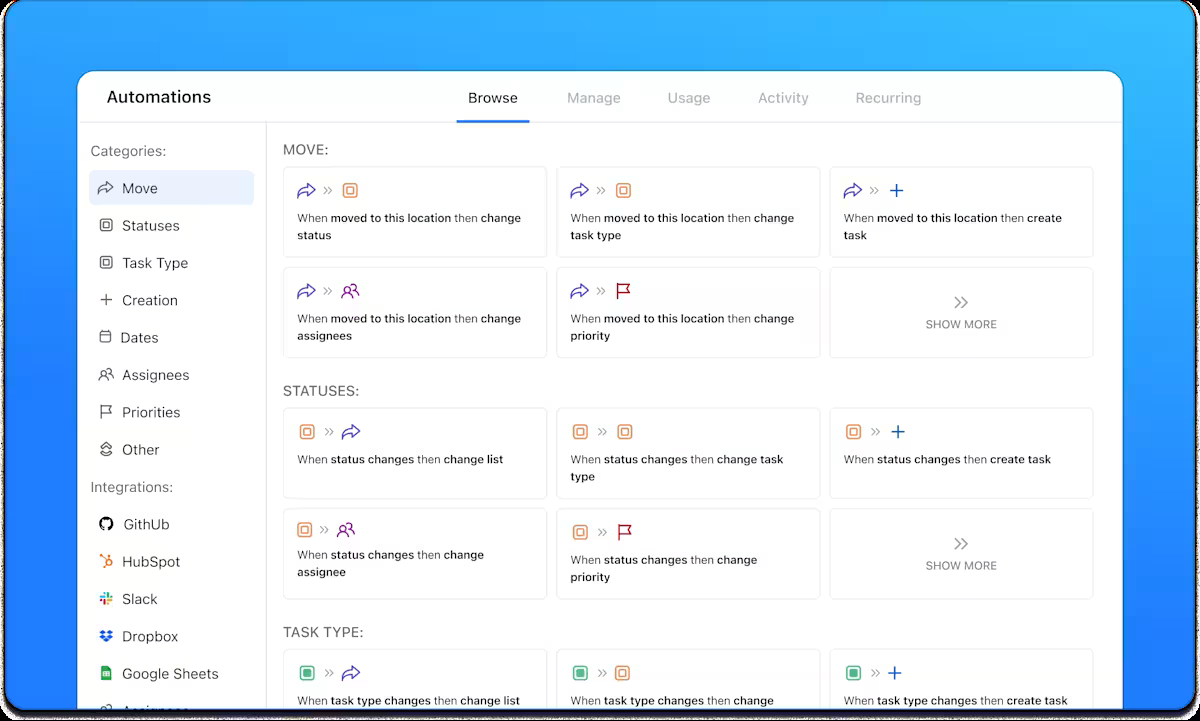
A G2 review says:
Best of all, it [ClickUp] integrates with existing services such as GitHub, and if you’re a developer, it’s easy to create custom integrations if that’s more your jam. I now use this on a daily basis to manage all of my projects.
📖 Also Read: Unlocking the Power of ClickUp AI for Software Teams
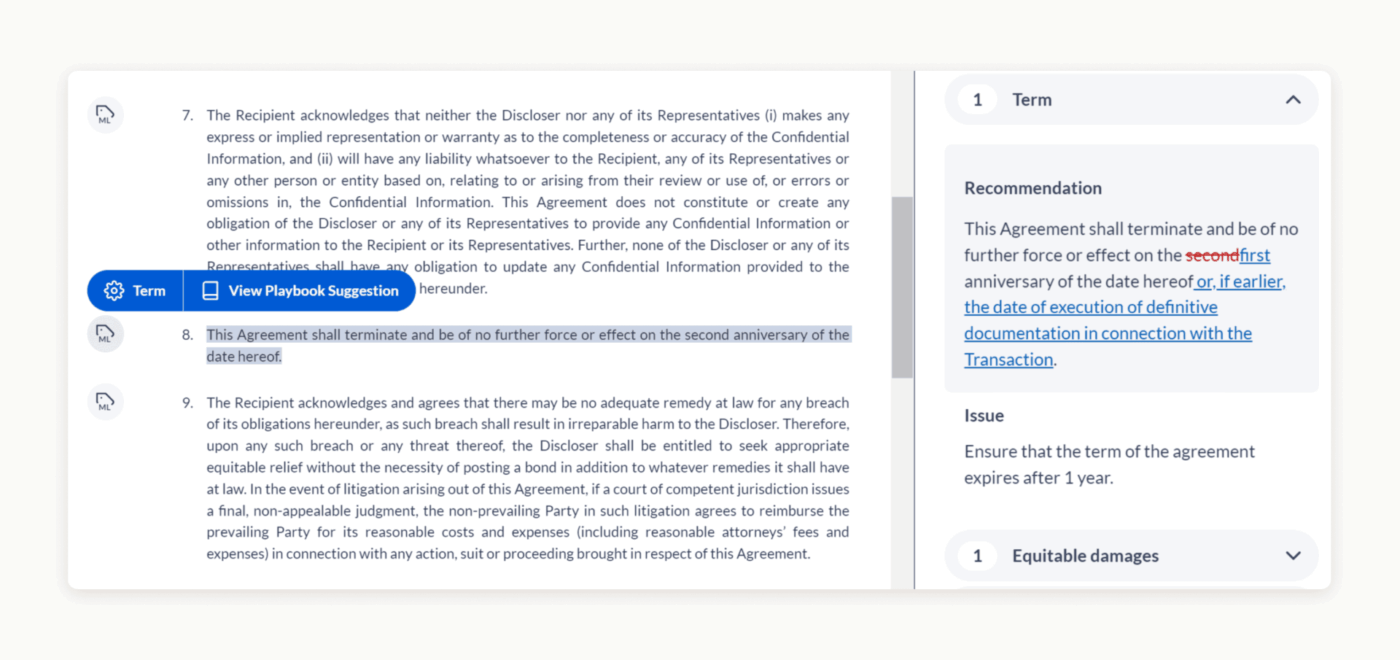
Claude 3.7 Sonnet is built for developers tackling more than just code completion. If you’re debugging legacy systems, planning full-stack architecture, or have multiple tools open on your PC, Claude brings both speed and structure to your process.
Claude’s Extended Thinking Mode is one of its standout capabilities. Developers can toggle between rapid responses and step-by-step reasoning for problems that demand deeper analysis. This feature is great for learning how to use AI in test-driven software development, recursive logic, or large-scale refactoring.
The Extended Thinking Mode also significantly boosts performance on coding benchmarks, such as SWE-bench Verified and TAU-bench, where Claude 3.7 outperforms all prior versions.
This G2 review highlighted:
Extended-thinking mode that lets the model invoke web search and other tools mid-conversation, ideal for multi-step data analysis and research workflows.
📖 Also Read: Free Bug Report Templates & Forms for Bug Tracking

If you’re moving quickly across design, development, and deployment, GPT-5 offers the balance of speed and accuracy that most developers need in real time.
GPT-5 can generate code, explain logic, complete unfinished functions, and handle code snippets in multiple programming languages, showcasing the power of artificial intelligence. Developers often use it to solve mostly basic Python problems, convert logic into executable code, or write helper functions based on plain-language descriptions.
Plus, this AI platform performs well in debugging and is easily accessible, too.
This Reddit review highlighted:
I was mind blown because I could copy paste the code and it works from the first run without any compile errors. Not to mention that it’s incredibly fast.
💡 Pro Tip: Struggling to make your code understandable for others (or even your future self)? The 9-Step Guide on How to Write Documentation for Code shows you how to create clean, consistent docs that reduce confusion and speed up debugging.
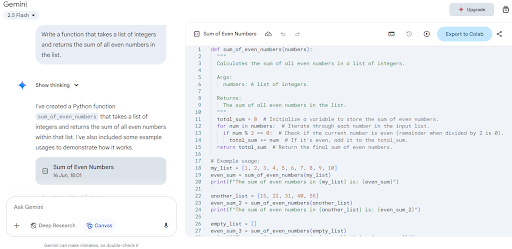
Unlike other models that operate in isolation, Gemini can reference Google Docs, Sheets, and even Drive files to support more collaborative, context-aware coding tasks.
This makes it especially useful for engineers working closely with product teams, data analysts, or content workflows.
Moreover, Gemini 2.5 handles code generation, explanation, and code completion across popular programming languages like Python, JavaScript, Java, and more. It’s built to help with complex coding tasks such as API scaffolding, data transformations, and cloud deployment scripting.
This G2 review captured:
Anyone who is starting to learn coding or writing paragraphs can start using Gemini to learn very fast and effectively.
📮 ClickUp Insight: Just 15% of managers review team workloads before assigning new tasks, and 24% rely only on deadlines to delegate work.
The outcome? Overloaded team members, underutilized talent, and rising burnout. Without real-time visibility, workload balancing becomes more guesswork than strategy.
ClickUp changes that. With AI-powered Assign and Prioritize features, you can match tasks to the right people based on current capacity, availability, and skill set.
Use AI Cards for an instant snapshot of workload, priorities, and upcoming deadlines—right where you work.
💫 Real Results: Lulu Press saves an hour per employee every day using ClickUp Automations, boosting team efficiency by 12%.
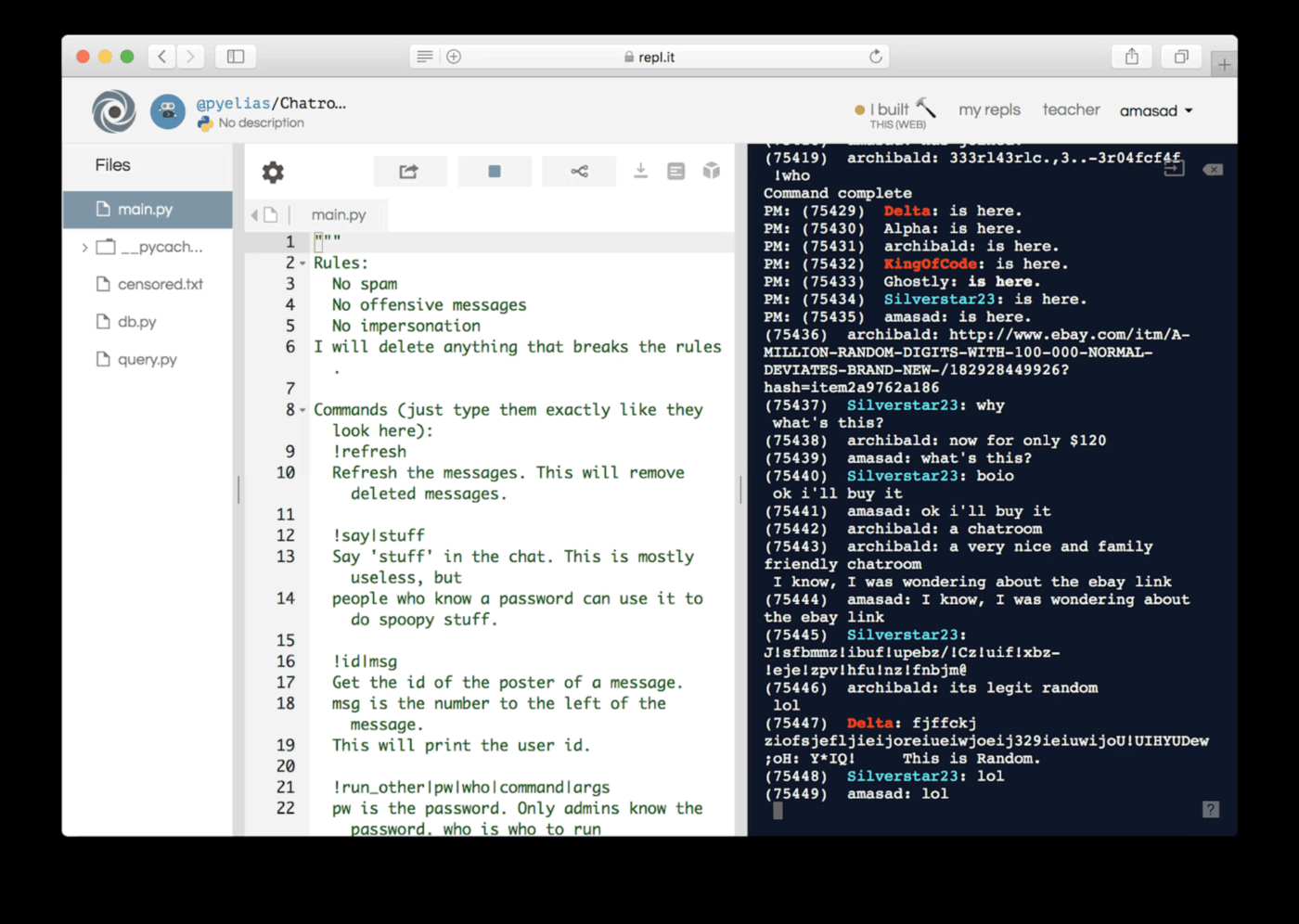
Imagine you’re a solo developer with a deadline looming. You need to design a login flow, connect a database, and write deployment scripts that typically span days across different software development tools.
With Replit Code, you open your browser and describe what you need in natural language. Within minutes, the AI agent generates the backend code, sets up authentication, and even suggests deployment configs.
Powered by Claude 3.5 Sonnet and GPT-4, this AI code tool combines code completion, debugging, and AI-powered automation.
This G2 review praised:
I’ve been using the new Replit Agent tool for several months and its unbelievable what I can build as a non-coder. I’ve built all kinds of apps for both business and personal use.
👀 Fun Fact: The world’s first programmer never actually ran a line of code because the computer didn’t exist yet. Ada Lovelace literally wrote algorithms for a machine that was just an idea.
When you’re managing fast-moving sprints, alignment isn’t a one-time act—it’s a living system. That’s where ClickUp Brain and ClickUp Brain MAX help.
ClickUp Brain lives inside your workspace, surfacing blockers, missed dependencies, and context you might’ve overlooked—all while keeping every conversation and task connected.
Meanwhile, ClickUp Brain MAX brings those same capabilities to the desktop with Talk-to-Text—letting you capture ideas, sprint notes, or post-mortem insights hands-free. Together, they make collaboration between developers and PMs effortless, translating every update or discussion into a structured, actionable context that keeps the roadmap aligned.
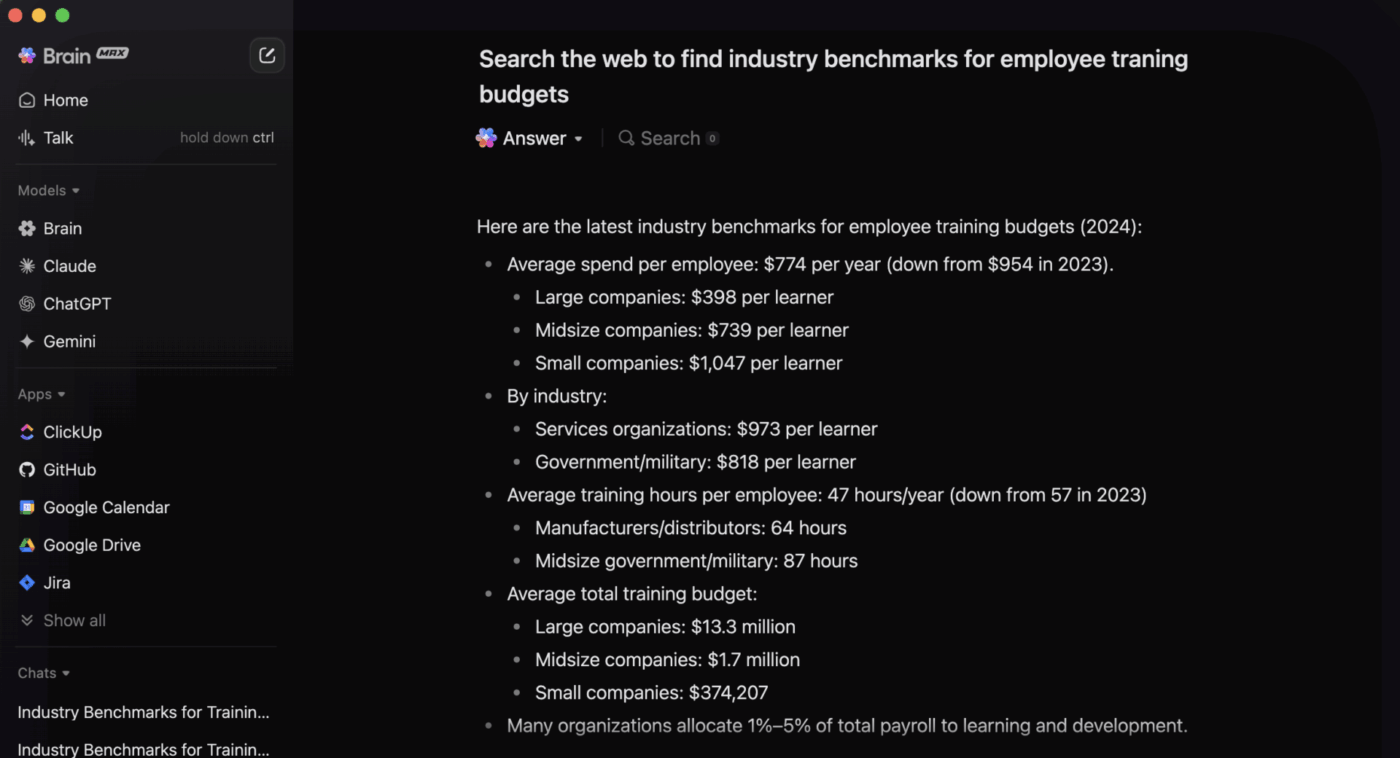
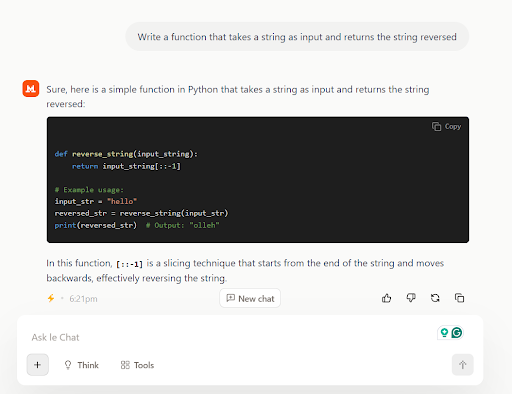
Most developers and data teams face a common trade-off: choose powerful, large language models with zero visibility into how they work, or settle for open-source options that lack performance.
Mistral AI breaks that deadlock. The code editor delivers high-performing, fully transparent LLMs that you can customize, fine-tune, and deploy on your terms.
Its open-weight models—like Mistral 7B and Mixtral 8x7B—are designed for teams that want to self-host, integrate with existing stacks, and fine-tune on proprietary datasets.
This G2 review shares:
It’s well-suited for real-time applications, prototyping, and edge AI scenarios without sacrificing much on quality or versatility.
💡 Pro Tip: Want faster dev cycles without the burnout? How to Use ChatGPT for Writing Code shows you how to automate scaffolding, debugging, and more using AI.
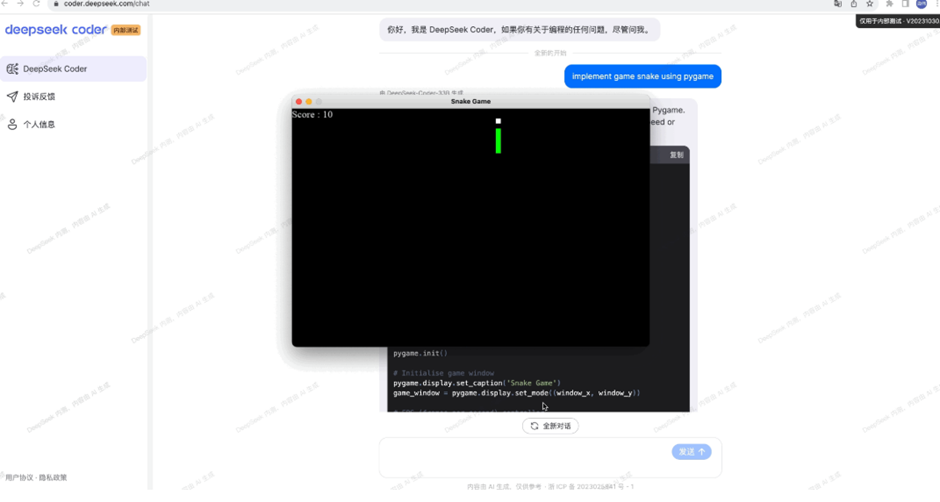
DeepSeek is one of the few models that can generate WordPress plugins, debug JavaScript routines, and rewrite regular expressions with solid logic.
Unlike many generic code generators, DeepSeek goes beyond surface-level output and is capable of building full plugin structures, rewriting functions with edge-case validation, and tracking logic across long prompts.
If your team needs a transparent, developer-focused LLM that handles complex coding tasks without locking you into a proprietary ecosystem, DeepSeek is worth considering.
This Reddit review noted:
DeepSeek R1 is about the same or better (in some contexts) than OpenAI’s o1 regular. R1 definitely shines above o1 in the aspect of viewing its thinking process.
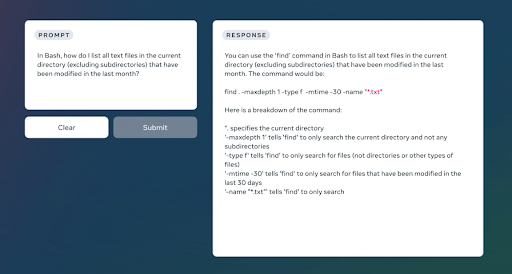
Not every developer wants to rely on proprietary models for sensitive code tasks.
Code Llama by Meta is a powerful open-source large language model built on Llama 2, designed specifically for code generation, debugging, and instruction-following.
Teams can deploy high-performing LLMs without vendor lock-in, as Code Llama is available in multiple sizes up to 70B parameters and offers variants for Python code and natural language instructions.

For individual developers and indie builders, one of the biggest hurdles in AI is usability, often due to insufficient training data.
LLaMA provides robust reasoning, coding, and multilingual capabilities, yet achieving these capabilities often necessitates navigating various obstacles, such as model downloads, framework compatibility, GPU constraints, and API toggling.
Meta presents LLaMA as a cutting-edge, open-source alternative to proprietary LLMs, capable of multimodal understanding.
This G2 review featured:
Meta Llama 3 has helped me in my various coding tasks and helped me in solving issues with my tasks.
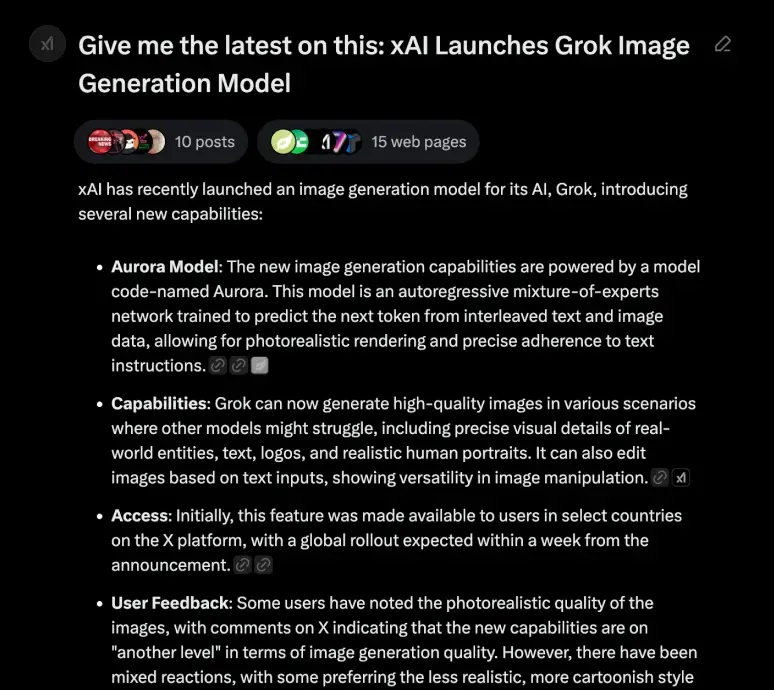
If you’ve ever waited on an AI tool to finish a simple request like fixing a bug or completing a script, you know how frustrating sluggish responses and shallow answers can be. That’s where Grok stands out.
Built by xAI and integrated into the X platform, it delivers fast, human-like reasoning that feels more like pair programming than querying a chatbot.
Whether you’re debugging a Python script, generating content, or translating logic across languages, Grok moves with you.
This G2 review highlighted:
Can create image, can search the web, can provide answers, can generate content, can do data analysis, has deep research and deeper research, good free tier. Best on X.
👀 Fun Fact: The first bug in computer science was literally a moth. In 1947, engineers found one stuck in a relay at Harvard. Today, LLMs debug code never even touches hardware.
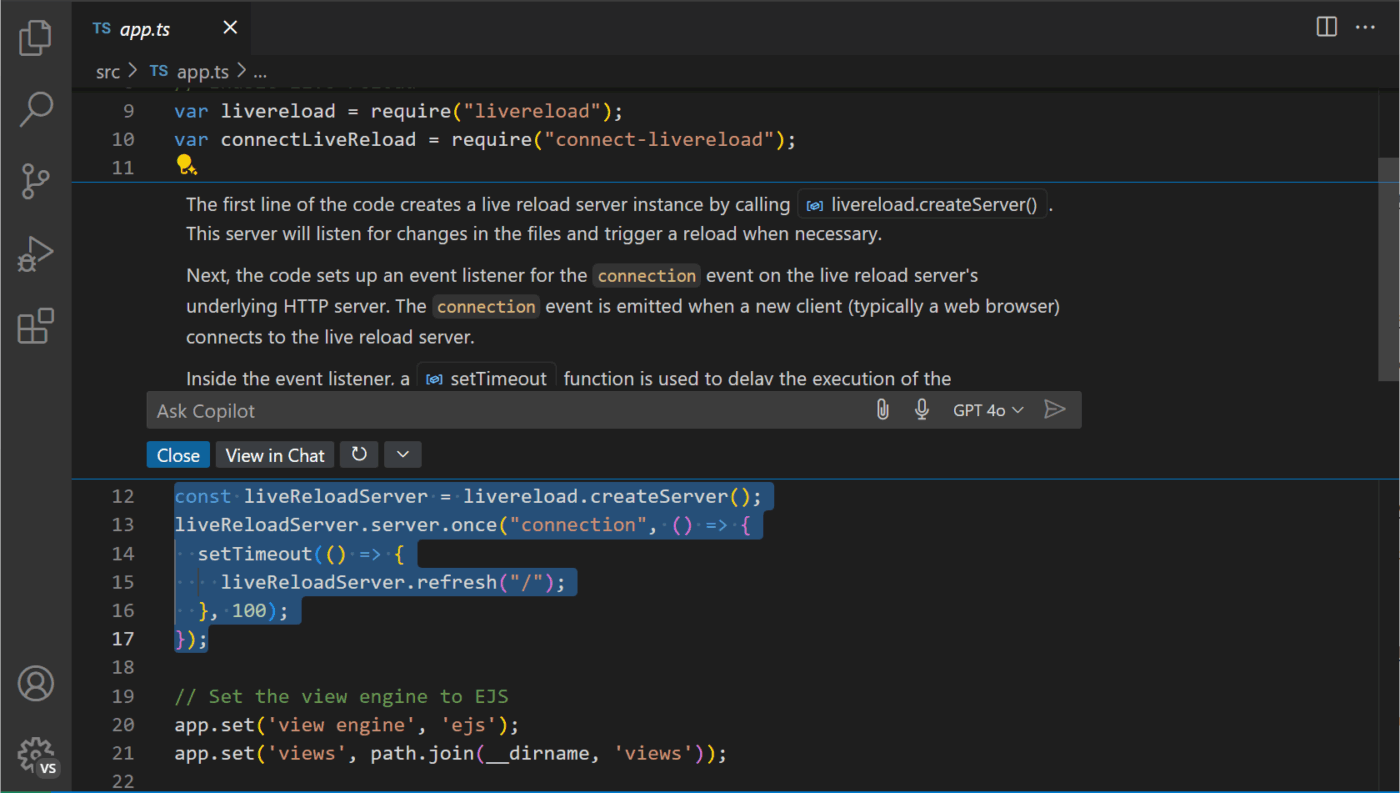
Writing repetitive code blocks, debugging someone else’s functions, or just trying to keep up with daily tickets can drain your focus.
GitHub Copilot lightens that load by acting like an always-available teammate inside your IDE.
Whether you’re writing from scratch or editing across multiple files, this AI tool for developers delivers real-time suggestions, automatically detects ripple effects, and lets you approve changes with a click, directly within your environment.
It doesn’t just provide quick code completions; it actively enhances my workflow by suggesting optimized, structured, and performance-oriented solutions.
💡 Pro Tip: Knowing Python or JavaScript isn’t enough. How to Become a Better Programmer reveals how to level up with real-world problem-solving, creativity, and continuous learning to stand out in today’s fast-moving tech world.
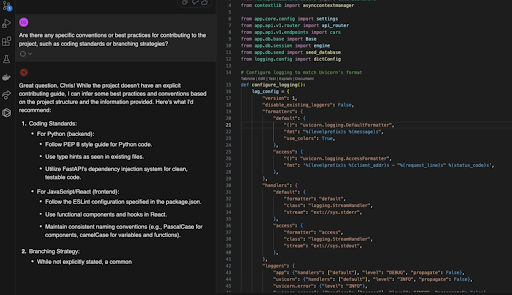
Developers often struggle with privacy concerns, particularly when sharing sensitive code with AI tools. Every engineer has had that uneasy moment wondering if the next autocomplete suggestion might leak proprietary logic.
Tabnine is designed to put those worries to rest. It offers an on-premise, air-gapped solution that keeps your code exactly where you want it.
With models that are exclusively trained on permissively licensed code, Tabnine is your trusted partner for fast, context-aware code completions that increase developer productivity.
This G2 review shares:
I am really amazed by how well it provides the anticipated code. Sometimes it surprises me, especially during DSA practice, it identifies the problem, including the time and space complexity limits, and gives code accordingly.
🧠 Did You Know: In 2025, LLMs could automate nearly 50% of all digital work. How to Conduct an Effective LLM Evaluation for Optimal Results shows you how to test and fine-tune them for consistent, reliable performance in the real world.
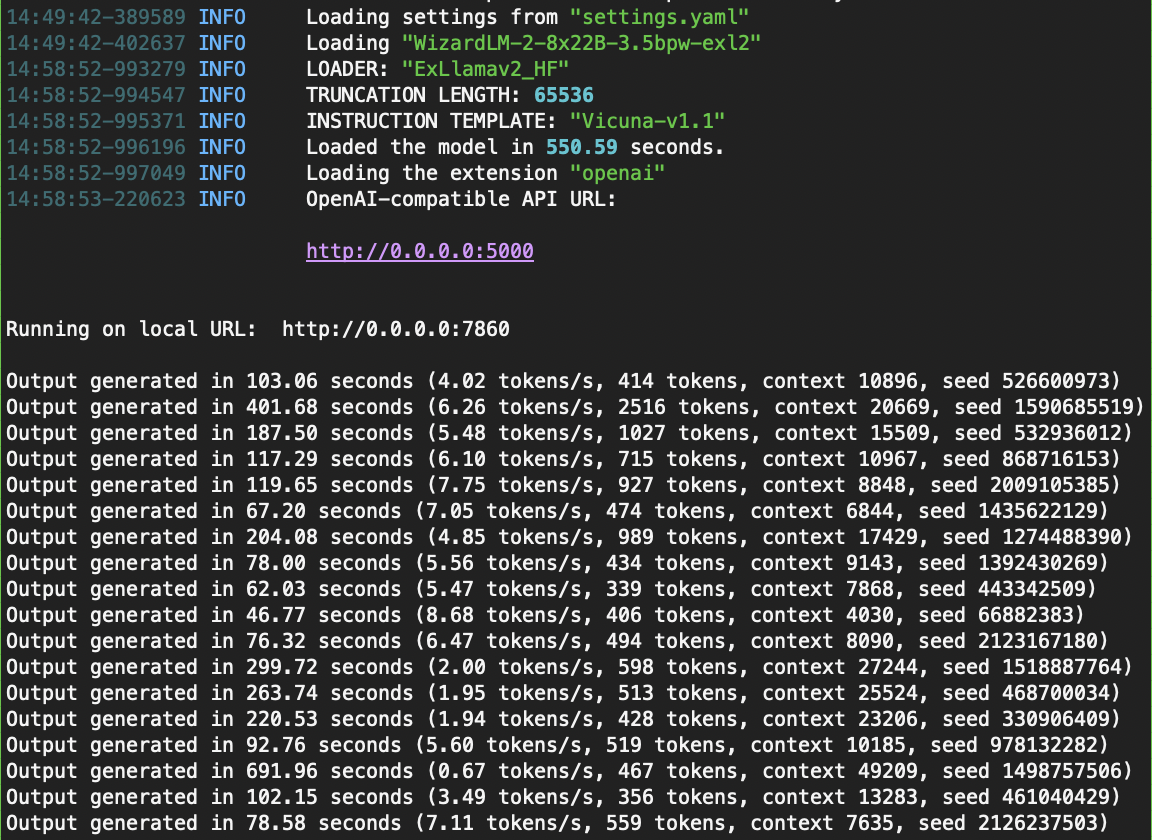
Writing clean code is hard enough when it comes to explaining and testing it. Avoid the added pressure of maintaining it whenever possible.
WizardLM steps in as an open-source LLM fine-tuned specifically for instruction-following and logical reasoning, making it a strong coding assistant for devs who want more clarity in complex tasks without relying on proprietary black boxes.
This Reddit review highlighted:
It delivers precise and complete answers to knowledge-based questions and is unmatched by any other model I tested in the areas of inferential thinking and solving mathematical problems.
📖 Also Read: Best App Development Software Tools
Here are three additional LLM tools for coding that are not covered in the blog but are similar in purpose and functionality:
LLMs have completely redefined how modern teams approach software development.
However, as this guide has demonstrated, not all LLMs are equal.
Some excel at reasoning but struggle with real-time collaboration. Others deliver swift code suggestions but lack integration with your actual development workflow. Most require developers to jump between IDEs, chatbots, and task managers just to get one clean output.
ClickUp distinguishes itself in this regard.
By embedding LLM-powered features directly into your project workspace, ClickUp lets teams generate code, manage tasks, and collaborate in one place. ClickUp eliminates the need for disconnected prompts—no context switching.
If your current toolchain is slowing you down, it might be time to sign up for ClickUp!
© 2025 ClickUp